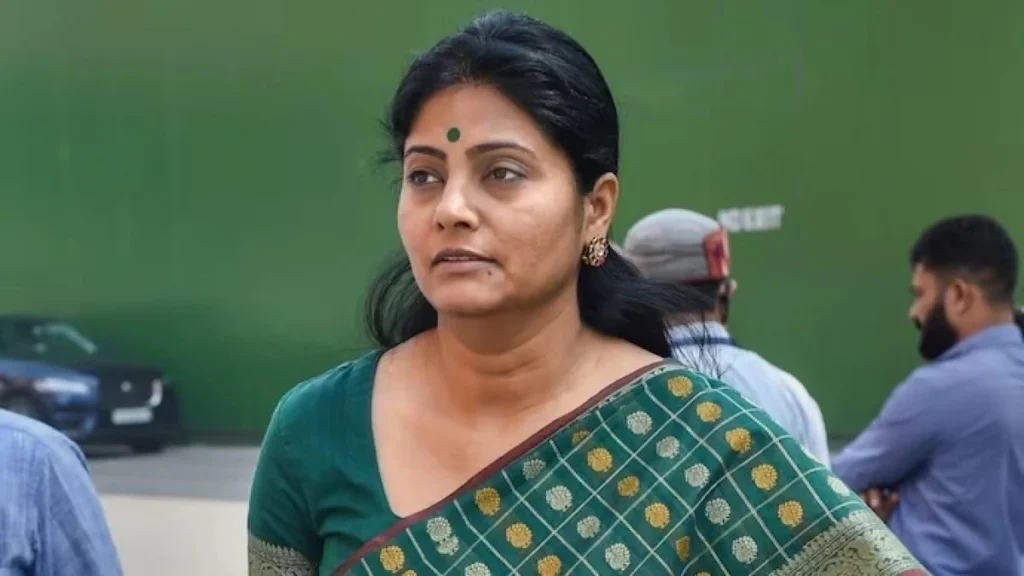
New Delhi: Minister of State in the Ministry of Health and Family Welfare, Anupriya Patel gave statistics in Parliament on various aspect of healthcare. In healthcare, the doctor-patient ratio is a crucial indicator of healthcare access, quality of care, and system efficiency. A favourable ratio ensures timely medical attention, reduces waiting times, and enables doctors to provide personalised care, thus improving patient outcomes. As per the statistics Southern states have a better doctor-patient ratio compared to the Northern states of India. Karnataka has one of the highest ratios, with one doctor for every 457 patients (1:457), while Tamil Nadu has a ratio of 1:495. Andhra Pradesh has a ratio of 1:488, and Kerala has a ratio of 1:509. Though, Telangana also a Southern states has a doctor-patient ratio of 1:1,452 but it is primarily due to most doctors practising in Telangana are registered with the Andhra Pradesh Medical Council (APMC). If the populations and doctor numbers of both states are combined, the former united Andhra Pradesh would have a doctor-patient ratio of 1:681. On the other hand India’s largest state in terms of population has a dismal doctor-patient ratio of 1:2,363 while the best doctor-patient ratio is that of Goa which is 1:333.
AIIMS recruitment 2024: 82 Senior Resident positions for grab
Also, the distribution of doctors in India is highly uneven, with doctors concentrated in urban centres. This disparity leads to significant gaps in access to healthcare services, particularly in underserved areas where many primary health centres (PHCs) remain under-resourced and understaffed. The quality of healthcare services also varies widely. Despite the number of doctors, there is a notable shortage of specialists, especially in rural areas. Approximately 70 percent of specialist positions in community health centres are vacant. According to the Rural Health Statistics Report 2021-22, India is still grappling with a severe shortage of specialist doctors at Community Health Centers (CHCs). Surgeons, obstetricians, gynaecologists, physicians, and paediatricians — are not available in many rural centres. Although the number of specialist doctors has risen over the years, it has not kept up with the increasing demand, resulting in a significant gap in healthcare access.

